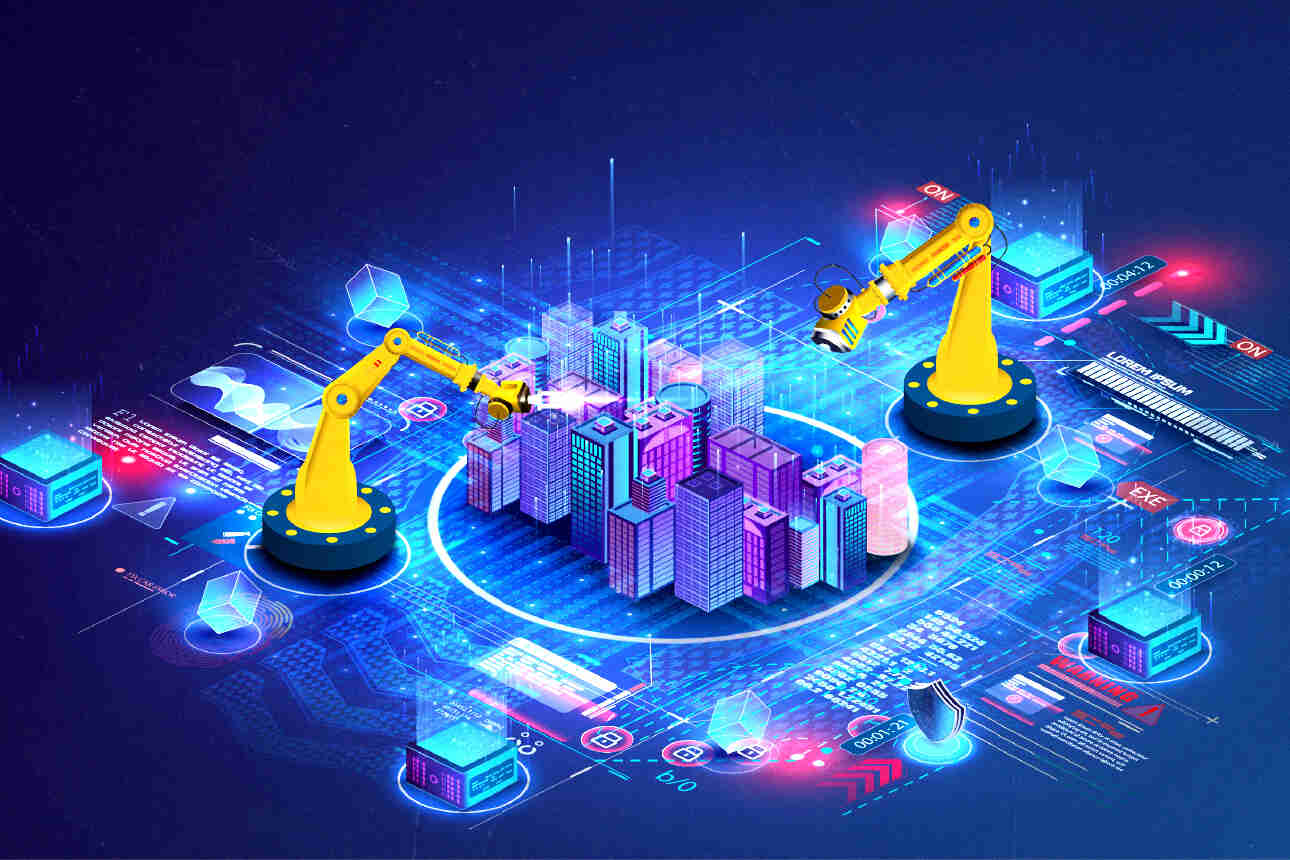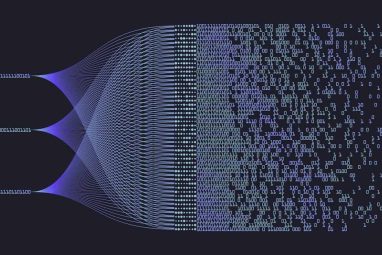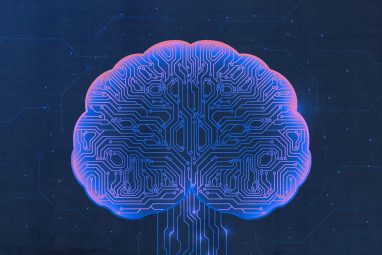How Emerging Technologies are Transforming Collaboration in the Middle East’s Construction Sector
Immersive tools, cloud platforms, and AI are bridging communication gaps between technical and non-technical stakeholders in construction and real estate, and their adoption is on the rise in the Middle East.
News
- Meta Leans on AI to Revive Marketplace’s Appeal Among Young Adults
- Baidu Stock Drops as Its New AI Model Fails to Win Over Investors
- MBZUAI’s New Model Builds Worlds That Remember Your Moves
- Microsoft Launches 'World’s First AI Superfactory'
- OpenAI Pushes Back on NYT’s Demand for 20 Million ChatGPT Conversations
- SoftBank Sells Out of Nvidia as It Bets Big on AI

[Image source: Krishna Prasad/MITSMR Middle East]
Technology’s impact on construction is typically discussed in terms of productivity, safety, and sustainability. Yet one of its most transformative effects, particularly in the Middle East, is reshaping project communication. In an industry where misunderstandings can cause million-dollar delays, digital tools quietly solve one of the sector’s most persistent challenges: fragmented, inefficient communication.
Challenging Communication Bottlenecks
In the region, traditional communication methods, though effective in building strong relationships, have also introduced significant challenges.
“The Middle East environment heavily relies on face-to-face interactions, with much of the communication happening over phone calls or in-person meetings,” says Indu Govindan, Director at Abra and Co-Founder of Jea. “While these are great ways to enhance client experience, they make tracking conversations challenging.”
Common tools like email and WhatsApp remain heavily used, but they lack structure, version control, and accountability, especially when multiple parties are involved. In such cases, Govindan stresses, feedback can conflict, approvals become difficult to consolidate, and escalation paths are unclear.
In agreement is Madhav Dhar, COO and Co-Founder of ZāZEN Properties, who confirms that the common practice of in-person meetings, phone conversations, and lengthy email chains contribute to misalignment because of the fragmented workflows, inconsistent documentation, and information delays.
Misinterpretation of design, ineffective coordination of project modifications, and expensive delays brought on by out-of-date or unavailable project data were among the pain points. “Large-scale developments in the UAE have been especially difficult due to these inefficiencies, as project delays can affect investor confidence and market expansion as a whole,” he says.
Pointing out that an additional challenge is how these platforms are insufficient in communicating technical complexity, Dina Ibrahim, Resident Architect at Lifesize Plans Dubai, says clients struggled to visualize spaces from 2D plans and physical blueprints, leading to late-stage design changes, information silos, and costly coordination challenges.
The negative impact in the region is underlined in global consultancy HKA’s CRUX Insight Report, which named the Middle East as the world’s most challenging region for realizing construction projects, with delays averaging 22.5 months or 83% of schedule duration.
The report further noted that the average sum in dispute, $154 million, was more than a third of project expenditure, highlighting the real cost of inefficient communication and project management.
Building a Real-time, Integrated Ecosystem
Today, digital tools are radically transforming the traditional communication dynamics in the Middle East. From cloud platforms to immersive environments, technology is helping stakeholders, from architects and engineers to clients and investors, collaborate more effectively and make faster, more informed decisions.
“Emerging technologies have provided the opportunity to create streamlined communication channels, increase the visibility of project status updates, and provide peace of mind throughout the process,” says Govindan. “This ensures all parties are aligned, points are promptly resolved, and version control is managed effectively, reducing miscommunication and delays.”
Dhar notes that real estate development in the UAE is now being driven by integrated technologies such as Building Information Modeling (BIM), AI-powered analytics, and cloud-based project management platforms.
“These technologies make sharing information easier, reducing errors, and making more dynamic decisions, resulting in shorter project timelines and lower costs.”
Ibrahim echoes this shift, noting how Lifesize Plans is moving from communication to immersion, offering enhanced visualization and data integration. “We ensure every stakeholder—whether technical or non-technical—fully understands and engages with their architectural vision before a single brick is laid.”
Tools That Drive the Most Impact
According to Dhar, UAE developers are moving fast, sharing key data highlighting the trend:
- BIM adoption is expected to grow at 13.7% CAGR through 2025, driven by government mandates and smart city initiatives.
- AI adoption is expected to reduce construction delays by up to 25%, and the AI market in UAE construction will grow at a 32% CAGR through 2025.
- Over 60% of developers use VR/AR for design approvals, reducing approval times by 30%.
- By 2025, 75% of UAE construction firms will adopt cloud-based platforms, improving data accessibility and reducing documentation errors by 40%.
- Cloud adoption is forecast to reduce project costs by up to 15%.
At Abra, Govindan explains that mid-sized firms customize their tech stack to fit project needs and ensure transparency.“While larger construction projects benefit greatly from tools like BIM, we have had success using a combination of internally developed tools and platforms such as Zoho Projects, Notion, iAuditor, TopSolid, and Odoo for delivering our luxury retail fit-outs. These tools have helped improve collaboration and streamline our processes.”
Ibrahim underscores the value of platforms like Procore, Autodesk Construction Cloud, and BIM 360. These systems allow access to updated plans, RFIs, and change orders from a single source, enabling collaboration across geographically dispersed teams that track progress, predict risks, and optimize workflows.
She also highlights that at Lifesize Plans Dubai, 1:1 scale projections, complete with movable walls and furnishings, allow clients to walk through a space before it’s built physically. This, combined with VR/AR and AI-generated layout recommendations, is helping bridge the imagination gap between concept and execution, “so clients no longer need to‘guess’ how their ideas will look.”
Bridging the Technical Divide
These digital tools are transformative in closing the technical communication gap among stakeholders. “Technical experts and non-technical stakeholders often have different requirements, though both want to deliver a successful build,” says Govindan.
These platforms help the technical team track drawings and approvals while enabling non-technical users to monitor profitability and deadlines, creating one conversation instead of two parallel ones and enhancing the project experience.
Such platforms are also helping turn complex architectural and engineering data into insights investors can act on. “In the UAE, where global investors play a significant role, digital platforms with multilingual and interactive features have improved engagement, ensuring clearer communication between technical teams and stakeholders,” says Dhar, noting these tools are expected to be standard practice across major developments across the country.
As the Middle East’s construction boom continues, communication is a strategic asset that can have a very real impact on cost and project timelines. Still, adoption is only part of the equation. As Ibrahim notes, success depends on integration and training: “Technology has revolutionized communication in the architecture and construction industry, but its success depends on seamless integration and proper training.”
For companies ready to invest in the tools and the capabilities to use them well, the payoff isn’t just operational efficiency—it’s smarter projects, faster approvals, and stronger investor confidence.





